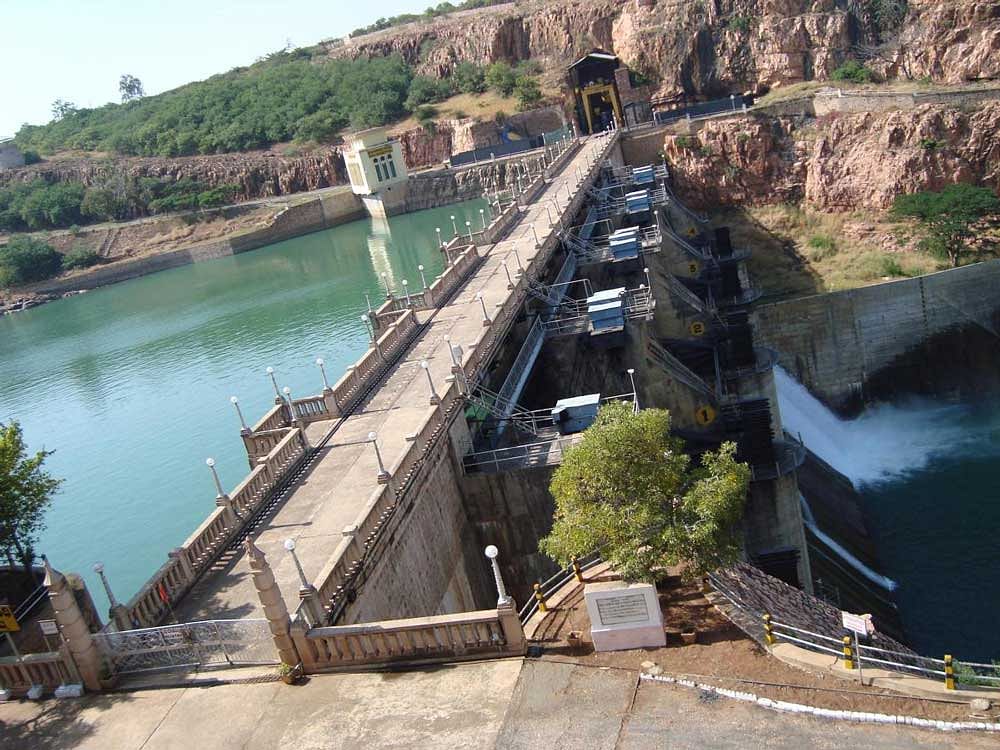
Hydrological barriers like dams cause a dramatic decrease in fish diversity, and also make river waters unsuitable for life by decreasing oxygen levels, finds a recent study. The decrease in the fish species diversity is restored only when the rivers are fed unpolluted, undammed waters from tributaries downstream of the barrier.
There are two scenarios in which hydrological barriers may be constructed across rivers, one is to exploit the energy generating potential of the river (through hydroelectric power), and according to the Ministry of Power, only 26% of India’s hydropower potential has been exploited so far. The other reason for building hydrological barriers is to divert water from some rivers to water deficient areas.
It is highly likely, therefore, that more hydrological barriers will probably be constructed across many rivers in our country. Hence, it is critical that an assessment of the impacts of existing barriers is carried out. An important aspect that needs to be taken into consideration is the impact of hydrological regulation on the fish species that dwell there.
In order to acquire a case-specific understanding of the impacts of hydrological barriers on fish species, a recent study from Ashoka Trust for Research in Ecology and the Environment (ATREE), Bengaluru, assessed the effects of small and large scale hydrological barriers on the fish species diversity in the upper basin of the Malaprabha river, in the Western Ghats. “The Western Ghats harbours more than 64% of endemic fish diversity. In fact, most of them are situated in the headwater regions of the river basins. These are also important sites for hydropower projects! Mapping endemic species in each river basin is highly important for prioritising their conservation,” explains Dr Vidyadhar Atkore, the lead researcher of this paper.
The authors compared the fish species diversity in undammed parts of the river, to the stretches of the river which are downstream of dams. The authors employed a simple method through which the effect of hydrological barriers on freshwater fish species composition can be easily assessed and have developed a metric for assessing fish species recovery. The study finds that immediately downstream of a hydrological barrier, the proportion of fish species reduces drastically.
What is also noteworthy is that the dissolved oxygen content decreases, and the alkalinity of the water increases immediately downstream of the barrier. Sampling further downstream of the barrier, the authors found that after a certain distance, the proportion of fish species does eventually recover substantially and is more similar to that seen in the undammed regions. This recovery is accompanied by an increase in the dissolved oxygen content and a reduction in the alkalinity of river water.
An important factor leading to the recovery of the species diversity was found to be the number of undammed tributaries which join the river downstream of the dam. As these tributaries currently do not have any barriers themselves, they presumably contain optimum conditions for the survival of a greater number of species, and eventually contribute to the recovery of the species composition in the river. The study also noted that fish species which did not recover in numbers were those with low swimming ability and lived at the bottom of the river.
The main takeaway is that the recovery of fish species composition takes place satisfactorily as long as there are a few undammed tributaries which join the river downstream of the dam. This can inform policymakers to make sure that there is a strict regulation on constructions on undammed tributaries which join dammed rivers.
Although the possible impacts of every potential hydrological barrier should be assessed beforehand in a case-specific manner, this study helps provide general guidelines to follow, especially in the Western Ghats region, where increasing demands for water diversion to cities make the construction of dams inevitable.
Ratna Karatgi
(The author is with Gubbi Labs, a Bengaluru-based research collective)